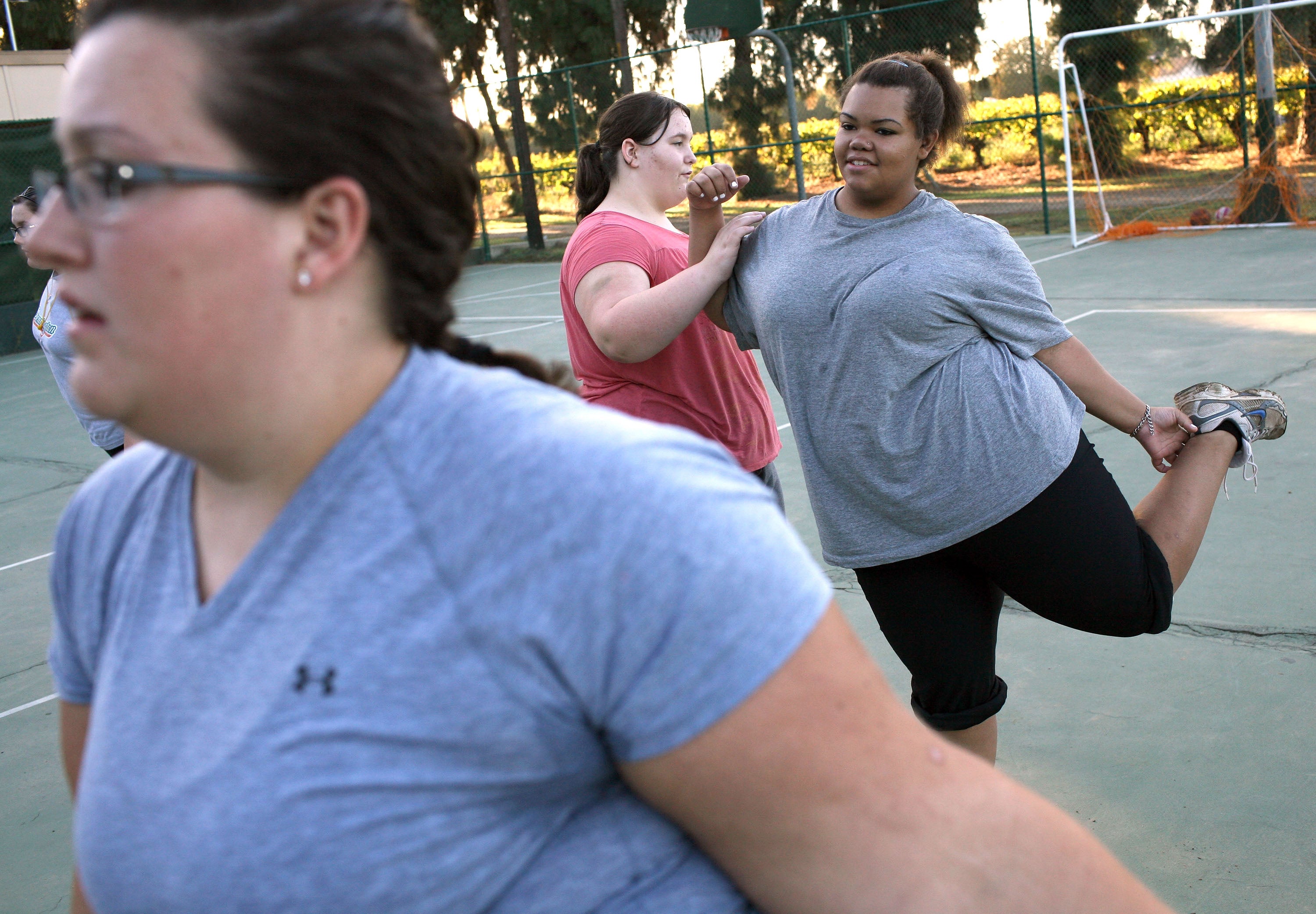Nearly a third of U.S. teens are prediabetic, according to new data from the Centers for Disease Control and Prevention.
In 2023, a count found that an estimated 8.4 million adolescents between the ages of 12 and 17 – or 32.7 percent – fell into that category.
The alarming results are a “wake-up call,” Dr. Christopher Holliday, the agency’s top official in charge of diabetes prevention, said in a statement to ABC News. He said that the risk of type 2 diabetes poses a "significant threat" to young people's health.
With prediabetes, a person’s blood sugar levels are higher than normal but not high enough for a type 2 diabetes diagnosis. Having prediabetes increases your risk of developing type 2 diabetes, as well as heart disease and stroke. Diabetes is the seventh leading cause of death in the U.S.
Type 2 diabetes is a chronic condition that occurs when the body cannot use the essential hormone insulin, which helps manage blood sugar levels and aids the body in turning food into energy. Problems with insulin often start around puberty, according to Yale Medicine. Without treatment, it can cause kidney disease, stroke, and heart disease.
“Simple life changes – like healthy eating and staying active – can make a big difference in preventing or delaying type 2 diabetes,” said Holliday.
The agency’s research did not give a reason for their findings, but past research has shown the rate of prediabetes in Americans aged 12-19 had more than doubled between 1999-2002, and 2015-2018, leaping up from 12 percent to 28 percent. That JAMA Pediatrics report also showed that young people who live in poverty were more likely to have prediabetes.
Having prediabetes has been tied to food insecurity, lack of public health insurance, and families with a household income at less than 130 percent of the federal poverty level, according to University of Pittsburgh researchers.
Other risk factors include being overweight, having a family member with type 2 diabetes, being physically active less than three times a week, race and ethnicity. African American, Hispanic/Latino, American Indian, Alaska Native, Pacific Islander, and some Asian American people are at higher risk.

In older Americans, more than one in three have prediabetes – but more than eight in 10 aren’t aware of their condition. Without action, health authorities say they could develop type 2 diabetes within just five years.
But, the condition can be reversed or delayed with small changes, according to the American Diabetes Association.
If you are overweight, manage your weight by setting a simple exercise routine and eating meals that focus on fruits and vegetables, in addition to limiting red meat intake. The amount of sleep you get and stress levels are also important.
“Often only minor changes in dietary intake and minimal weight loss, together with more physical activity, will help chase diabetes away,” Dr. Sonia Caprio,, a Yale Medicine pediatric endocrinologist, explained.







